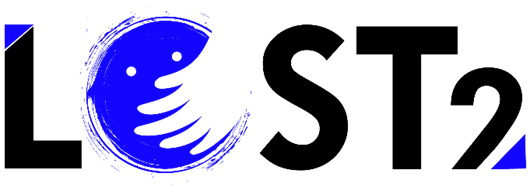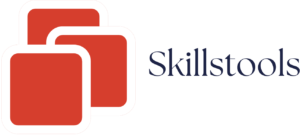EUROMASC in LOST2 Project

EUROMASC is a partner in the European project LOST2, which aims to address the increasing problem of missing people in Europe. The main focus is on young people, of which around 200’000 are reported missing across the continent, but only 1/3 are ever found.
LOST2 intends to create a unified European system for researching and finding missing people and minors, by creating a standard professional profile for “Experts in the Research of Missing People & Minors”.
Our role in the project is to assist in the development of a comprehensive qualification description based on learning outcomes and units of learning outcomes, according to the European guidelines found in European credit system for vocational education and training (ECVET) and the European Qualification Framework (EQF).
Our first main contribution was done during our Joint Staff Meeting in Madrid in July. Here, EUROMASC presented a proposal about the Standard of our profile, the “Expert in the Research of Missing People & Minors”. The goal of the presentation was to go from the “Dictionary of Competences” to a “Qualification matrix description”. The first step was to describe what learning outcomes are.
They can be described as:
- The building blocks of the qualification.
- Statements of what a learner knows, understands, and is able to do.
- Knowledge, Skills, and Competence (Responsibility and Autonomy).
- Need to be understandable, logically structured, and capable of evaluation.
- When writing them, use action verb.
- Describes professional, personal, and social competences.
The second step as to give the partners a short introduction into EQF. The EQF is an 8-level, learning outcomes-based framework for all types of qualifications that serves as a translation tool between different national qualifications frameworks. This framework helps improve transparency, comparability and portability of people’s qualifications and makes it possible to compare qualifications from different countries and institutions. The level increases according to the level of proficiency, level 1 is the lowest and 8 the highest level. Most importantly the EQF is closely linked to national qualifications frameworks, this way it can provide a comprehensive map of all types and levels of qualifications in Europe, which are increasingly accessible through qualification databases.
This introduction was important, because as we are creating the qualification matrix, it needs to be on a specific EQF level. The level helps writing the learning outcomes, as they have to reflect the EQF level one tries to achieve.
The last step to understand the standard we want to operate within, is ESCO. ESCO (European Skills, Competences, Qualifications and Occupations) is the European multilingual classification of Skills, Competences and Occupations. ESCO works as a dictionary, describing, identifying and classifying professional occupations and skills relevant for the EU labour market and education and training. It provides descriptions of 3008 occupations and 13.890 skills linked to these occupations, translated into 28 languages (all official EU languages plus Icelandic, Norwegian, Ukrainian, and Arabic).
This is also important to our project, as it provides relevant descriptions of functions and tasks that our Expert is expected to know and do. It will also facilitate the placement of the profession within a European framework. There is no profession within ESCO that fits our Expert. This is positive, as it shows the need for such a profile. It was however possible to find out that such a profile should be within the ESCO code 341, which deals with legal, social and religious professionals. Both the Legal (3411) and social work (3412) professionals contains relevant descriptions for our profile.
After the introduction of the European frameworks and why they are important for our project, the partners were asked to use the dictionary of competences to create a first draft of the qualification matrix. The main objective was to create a unit structure, so that the writing of learning outcomes could be easier. The partnership was divided into groups, and their suggestions were then put together into one preliminary unit structure, as shown below.
The next phase of the project will see the creation of relevant learning outcomes within this structure, which then will be used to create the training programme(s) and the assessment structure.
- Unit 1: Assistance and Prevention
- Unit 2: Family support
- Unit 3: Research and implementation
- Unit 4: Data collection and analysis
- Unit 5: Finalisation of investigation

Leave a Reply
Want to join the discussion?Feel free to contribute!